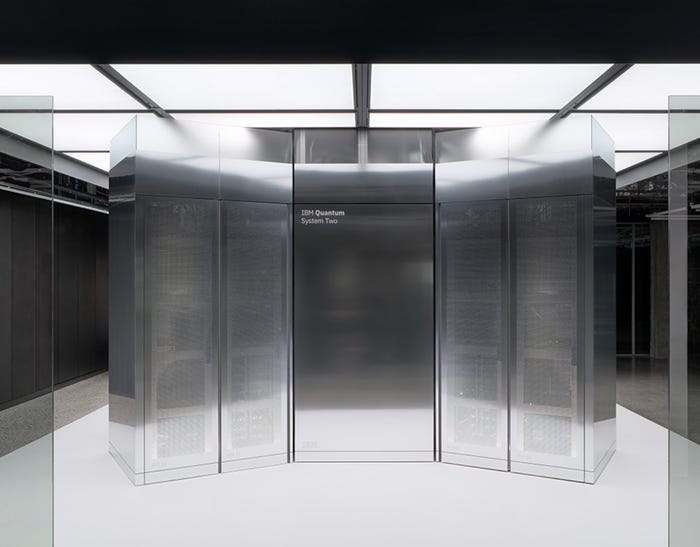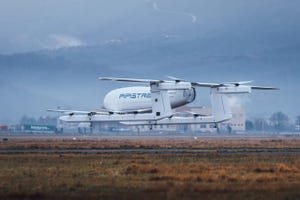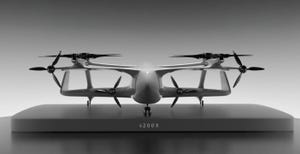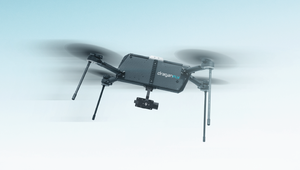Cruise Jobs Lost as General Motors Takes Complete ControlCruise Jobs Lost as General Motors Takes Complete Control
Cruise will now focus on developing GM’s automated Super Cruise tech
.jpg?width=1280&auto=webp&quality=95&format=jpg&disable=upscale)
General Motors has announced it has completed the full acquisition of its Cruise subsidiary, following the decision to stop funding its program to produce self-driving taxis.
Instead, Cruise will now focus on developing GM’s automated Super Cruise tech – but with a vastly reduced workforce.
In a statement sent to a number of media outlets, Cruise confirmed that it had “shared the difficult decision to part ways with approximately 50% of its workforce.” The statement continued: “We are grateful for their passion and contributions to help us reach this stage, and our focus is on supporting them into their next chapter with severance packages and career support.
“While not an easy decision, we are focused on combining efforts with General Motors to accelerate autonomy at scale on personal autonomous vehicles.”
It’s not entirely clear exactly how many people are affected, but Cruise is believed to have had around 2,300 employees at the end of 2024.
The news was inevitable, after GM pulled the plug on Cruise’s robotaxi ambitions in December – a move that CEO Mary Barra said in an earnings call in late January would save it a massive $1 billion a year. The automotive giant has spent $16 billion on Cruise since 2016.
The Cruise staff who have been retained will focus on integrating the tech they have developed on the self-driving taxi program into GM’s hands-free Super Cruise feature, which can be used on 750,000 miles of roads in North America. According to GM, it is now available on more than 20 models and customers are logging more than 10 million miles a month using it.
Barra has high hopes for Super Cruise, and has predicted it will generate “about $2 billion in total annual revenue” within five years. However, it’s not so long ago that claims were being made of annual revenue in the region of $50 billion from Cruise’s self-driving taxis – and the reality has proven very different.
Nevertheless, Dave Richardson, GM’s senior vice president of software and services engineering, struck an optimistic note, saying: “By combining the specialized technology and talent at Cruise with our team developing Super Cruise, we’ll have the ability to accelerate our work on both assisted-driving and autonomous driving.”
The demise of Cruise’s robotaxi dream has been astonishing in its speed and totality. In September 2023, then CEO Kyle Vogt claimed its purpose-built driverless Origin AV was “days away” from regulatory approval, and Cruise was operating or testing in 15 U.S. cities.
Then the world fell in. An incident involving one of Cruise’s self-driving Chevrolet taxis in San Francisco just a few weeks later saw a pedestrian badly injured and the firm’s bungled response led to widespread condemnation and a host of fines, prompting GM to call time on the project – and ultimately the loss of hundreds of jobs.
About the Author
You May Also Like





.jpg?width=300&auto=webp&quality=80&disable=upscale)


